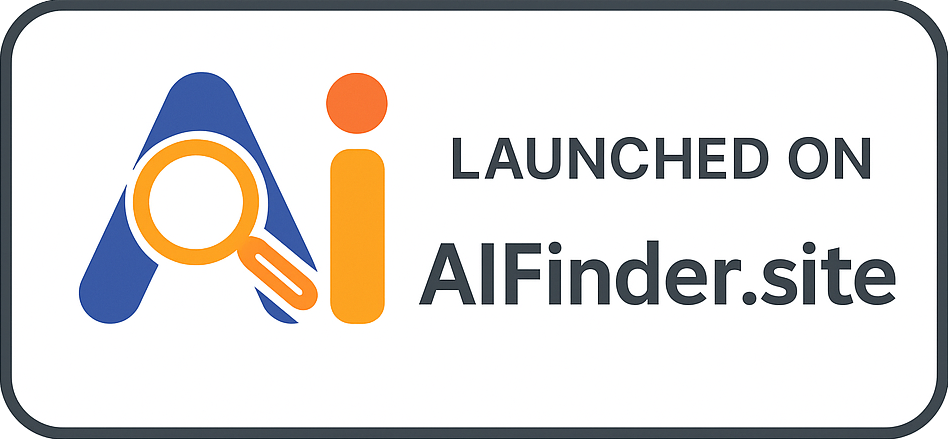Live Streaming
Live Streaming is a real-time broadcasting method where content is shared over the internet as it happens, allowing for immediate audience interaction and engagement.
Frequently Asked Questions
What is Live Streaming?
Live Streaming refers to the continuous transmission of audio and video content in real-time over the internet. It enables creators to engage with their audience during the broadcast through comments, likes, and shares.
Where is Live Streaming used?
Live Streaming is commonly used on various social media platforms such as YouTube Live, Instagram Live, Facebook Live, and Twitch. It's also utilized in webinars, virtual events, and gaming streams.
When should Live Streaming be used?
Live Streaming should be utilized during product launches, events, Q&A sessions, and any scenario where real-time audience interaction is beneficial to create urgency and foster engagement.
Why do we need Live Streaming?
Live Streaming creates a sense of immediacy and fosters personal connections between influencers and their audience. It boosts engagement, enhances brand authenticity, and allows for immediate feedback, which are essential in influencer marketing.
How to use Live Streaming effectively?
To use Live Streaming effectively, brands should plan content in advance, promote the stream beforehand, engage with viewers during the broadcast, and follow up with highlights or recorded versions after the event to maximize reach.
Key Takeaways
In the rapidly evolving landscape of influencer marketing, Live Streaming emerges as a vital strategy for brands looking to create authentic connections, boost engagement, and deliver real-time value to their audiences. By leveraging this dynamic format, brands and influencers can foster loyalty and drive conversions.
Hot Glossary Terms
Influencer Marketing
Influencer Marketing is a strategy that leverages the influence of individuals with large followings on social media to promote products or services, aiming to reach a targeted audience effectively.
Social Media Marketing
Social Media Marketing refers to the use of social media platforms and websites to promote a product or service, encouraging user engagement and brand awareness through content creation and sharing.
Content Strategy
Content Strategy is a comprehensive plan aimed at creating, publishing, and managing high-quality content to achieve business goals and enhance user engagement.
Brand Partnerships
Brand Partnerships refer to collaborative relationships between two or more brands or influencers aimed at promoting mutual interests and achieving shared goals through combined marketing efforts.
Engagement Rate
Engagement Rate is a key performance metric in social media and influencer marketing that measures the level of interaction and engagement a piece of content receives from its audience.
Related Terms
Affiliate Tracking
Affiliate Tracking refers to the process of monitoring and analyzing the performance of affiliate marketing efforts, allowing businesses and marketers to measure conversions, sales, and other key metrics related to their affiliate programs.
Influencer Marketing Quality Assurance
Influencer Marketing Quality Assurance refers to the processes and standards implemented to ensure that influencer marketing campaigns meet specific quality benchmarks, effectively resonate with the target audience, and achieve desired marketing outcomes.
Target Audience Identification
Target Audience Identification is the process of defining and understanding the specific group of consumers that a brand aims to reach through its marketing efforts, particularly in influencer marketing.
List Building
List Building refers to the process of creating a database of contacts, typically for email marketing, to connect with audiences, promote products or services, and nurture relationships over time.
Influencer Metrics
Influencer Metrics are key performance indicators used to evaluate the effectiveness and impact of influencers in marketing campaigns, helping brands to measure success and optimize strategies.







